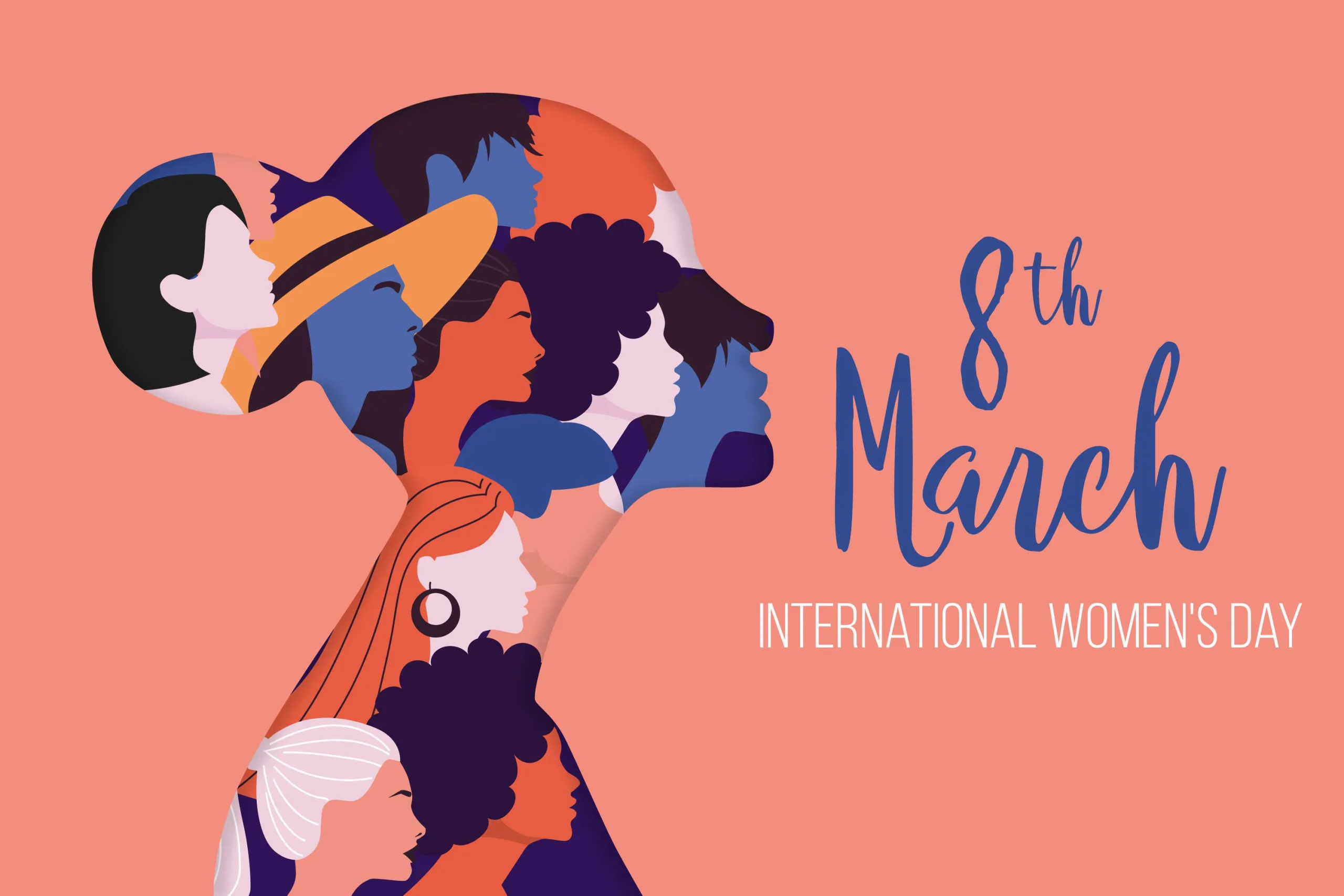Celebrating International Women’s Day: why it matters
Every year on March 8th, we celebrate International Women’s Day where we recognize and celebrate women’s and girls’ social, economic, cultural and political achievements. We take this opportunity to also raise awareness of the progress made in achieving gender equality while looking at the remaining work to be done.
According to UNWomen, gender equality is “equal rights, responsibilities and opportunities” for all genders. It doesn’t mean that everyone should be the same. It means people’s rights, responsibilities, and opportunities shouldn’t depend on their gender. It’s not a“women’s issue.” It’s a human rights issue.”
Gender inequality is still a frustrating issue, both in Canada and around the world.
Despite the government’s commitment to gender equality, women hold only 8% of the top paid jobs in Canada. In addition, 21% of single mothers in Canada are raising their children in poverty, compared to 9.6% of the total Canadian population living below the poverty level. Shockingly, 50% of women in Canada above the age of 18 have experienced sexual or physical assault.
It’s essential to recognize that gender equality isn’t just a women’s issue. Boys may also suffer in a society that accepts gender inequality. For instance, strict gender roles may discourage boys from expressing their emotions or showing vulnerability, which can lead to a lack of emotional intelligence and difficulty forming meaningful relationships.
Moreover, living in a male-dominant world may force boys to conform to traditional gender roles, such as being tough and competitive. This can limit their interests and prevent them from exploring their full potential in areas that were not traditionally associated with masculinity.
When women are not regarded as equal, violence and aggression may be viewed as acceptable ways for boys to assert their dominance and masculinity. This can put boys at risk of being both perpetrators and victims of violence.
Promoting and protecting gender equality ensures that everyone has equal opportunities, rights, and treatment in all areas of life. This leads to more diverse and inclusive communities and helps break down gender stereotypes and biases.
Gender equality promotes healthy relationships and reduces the likelihood of violence and abuse. This benefits women who are heavily targeted by violence but also men, as it creates a safer and more supportive environment for everyone.
Finally, gender equality is good for the economy. It helps to create more productive and innovative workplaces. When women and men are able to contribute equally to the workforce, it leads to greater economic growth and prosperity for all.
Join us on Thursday, March 9, at 7 pm on Community Action Talks on the Seeker Facebook page, Youtube channel and Twitter space to discuss how we feel about gender equality, the compelling reasons for it and what we can do to support and promote it locally.
STATS:
https://canadianwomen.org/the-facts/
- 160 women and girls were killed by violence in 2020, a rise from 2019.
- 1.5+ million women live in poverty in Canada
- 10X more women than men in Canada have fallen out of the labour force since 2020
- 76.8 cents average earned by full-time working women for every dollar that men make
- 150 billion possible incremental GDP growth if Canada accelerated progress on gender equality
https://worldpopulationreview.com/country-rankings/gender-equality-by-country
- 24th place is Canada’s 2021 Global Gender Gap index ranking out of 156 countries (in order: #1 Iceland, Finland, Norway, New Zealand, Sweden, Namibia, Rwanda, Lithuania, Ireland, Switzerland, Germany, Nicaragua, Belgium, Spain, Costa Rica, Philippines, France, South Africa, Serbia, Latvia, Austria, Uk, Portugal, #24: Canada, Albania, Burundi, Barbados, Denmark, Moldova, #30: USA, Netherlands etc..
Photo Credit: Freepik





